It doesn’t have the grit, rawness or street art that continually draws me back to east London. It doesn’t have the trendy pop up cafes, daring street style or diversity that I also love about east London. But Chelsea and the surrounding areas have a comforting familiarity.
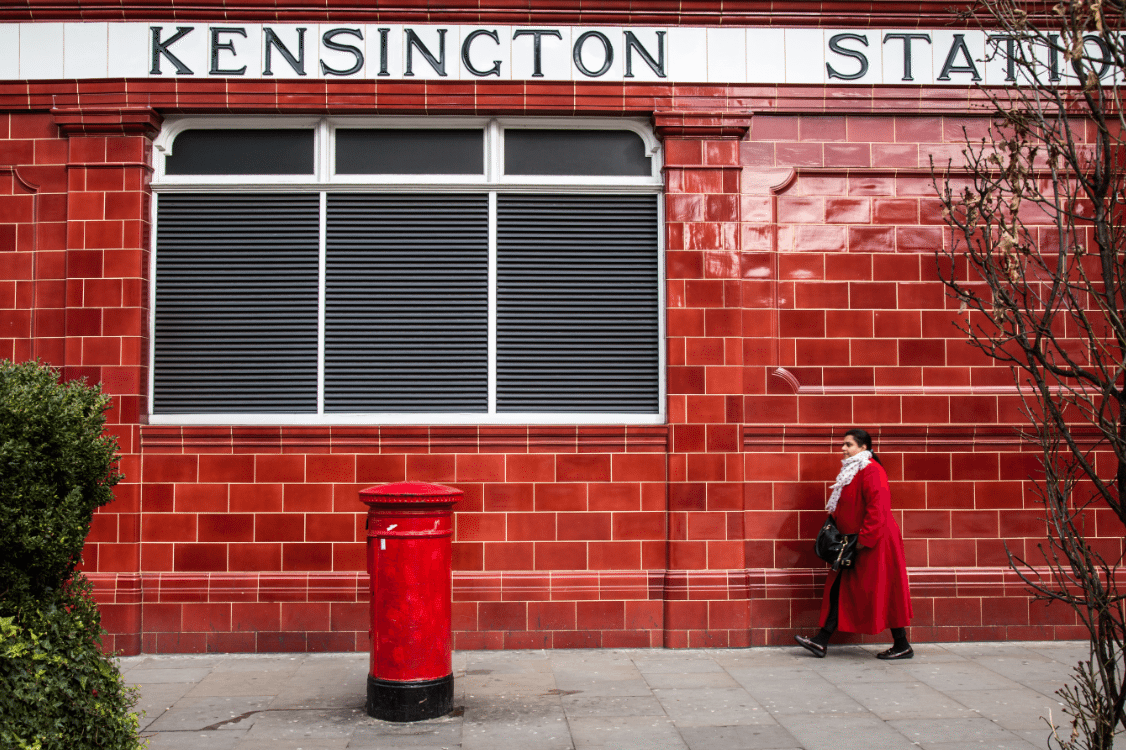
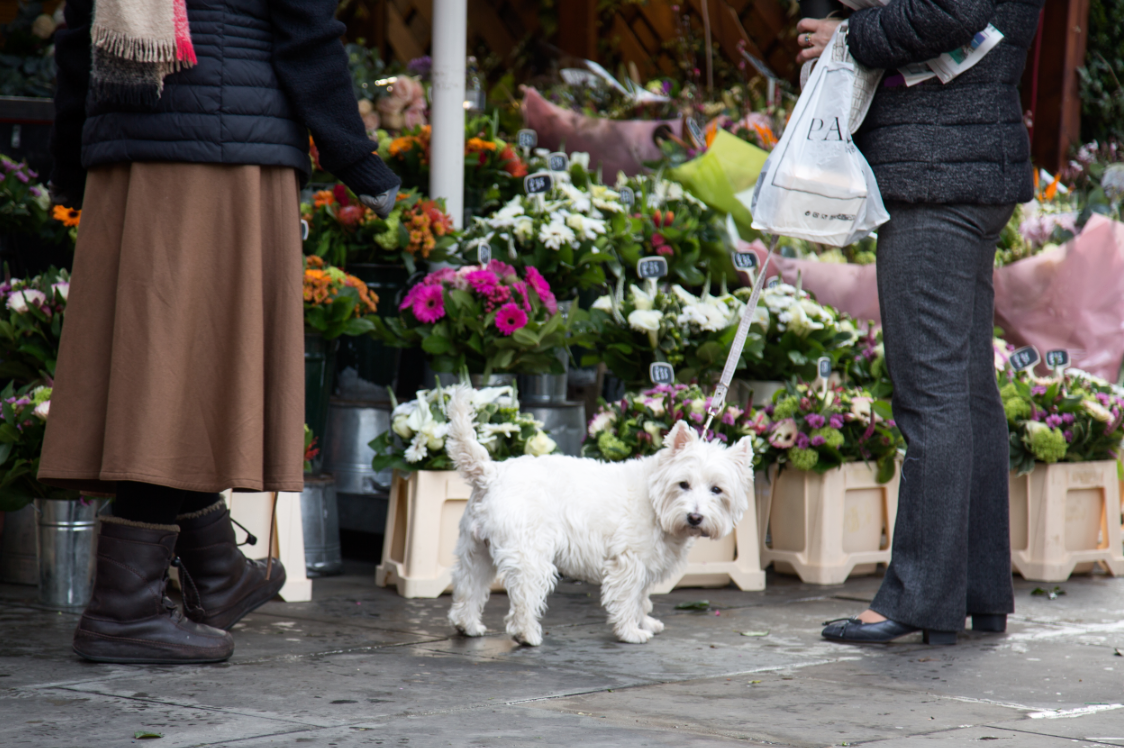
It’s the part of the city that I know and love the best (with east London a close second) because it has defined so much of my London experience over the years. When I studied abroad here 11 years ago, I lived in Knightsbridge and took classes in Gloucester Road. I met Jorge in Chelsea. We lived in Chelsea for almost three years. I’ve worked in the area for almost four years now. We got engaged in Chelsea, married in Chelsea, I had my first solo photography exhibition in Chelsea. Oakley is named after Oakley Street in Chelsea. It’s been a place of many memories.
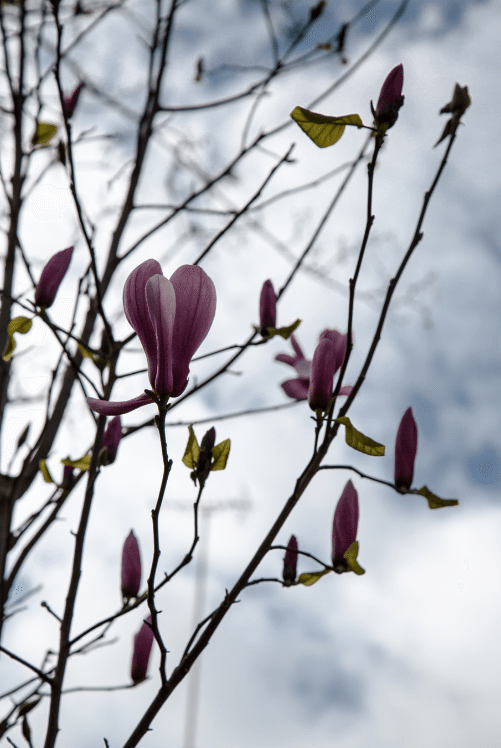
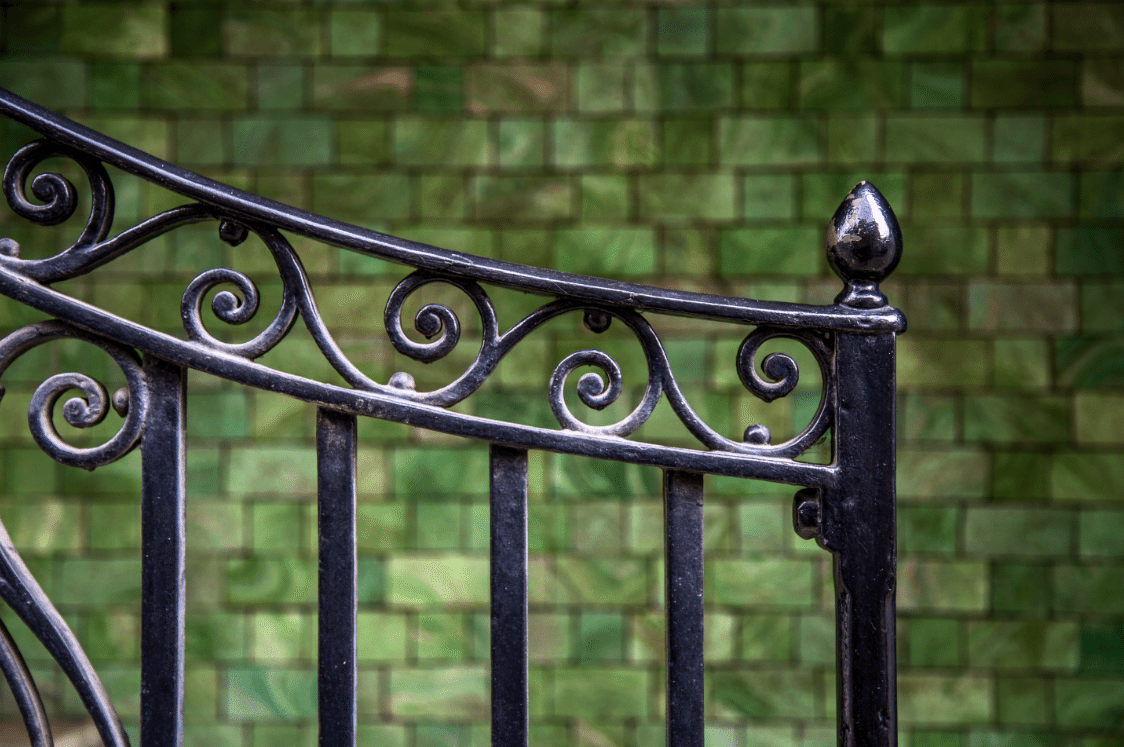
And so I return often – a 40 minutes walk or a 20 minute bus ride – to sit with my book on my favourite bench or in the grass of Saint Luke’s Gardens, to walk over the Candy Land style Albert Bridge to Battersea Park, to pick up a tea and custard-filled gourmandise in Paul, drop in to Waterstones to check out the new cookbooks or add a new novel to my bookshelf, have lunch in Duke of York Square’s Saturday market, check out the lovely kitchen section at Anthro and take a slow wander through the Saatchi Gallery or the V&A or, in the summertime, the Chelsea Physic Garden.
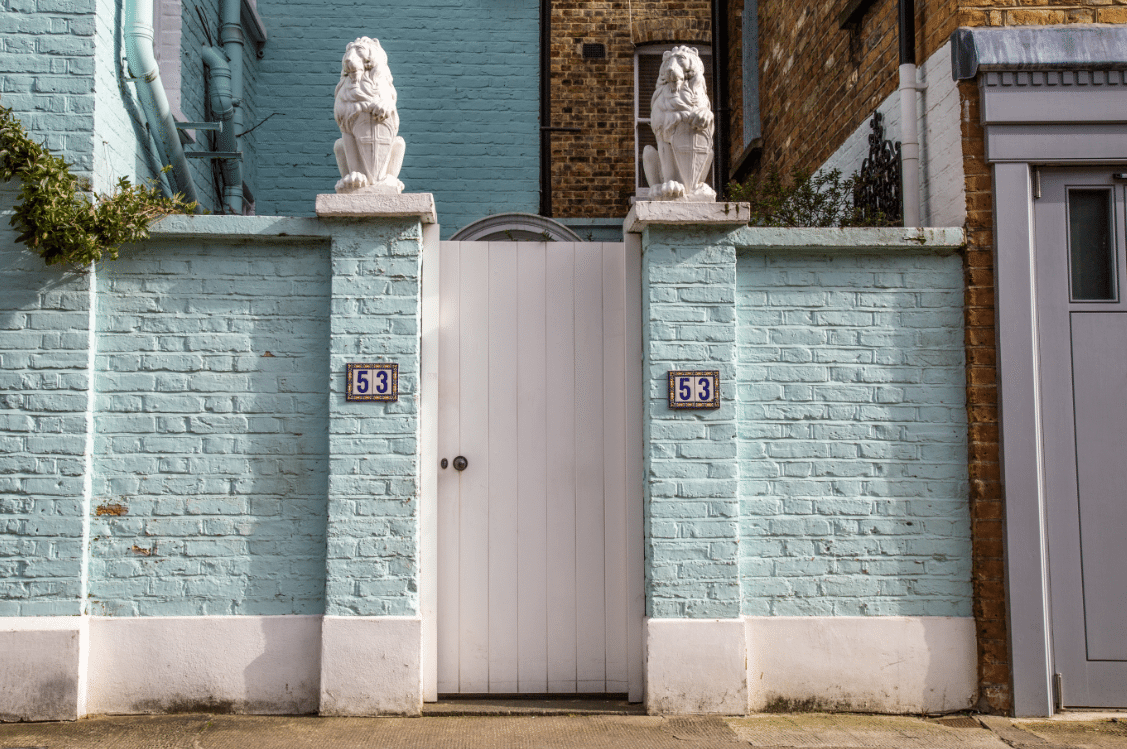
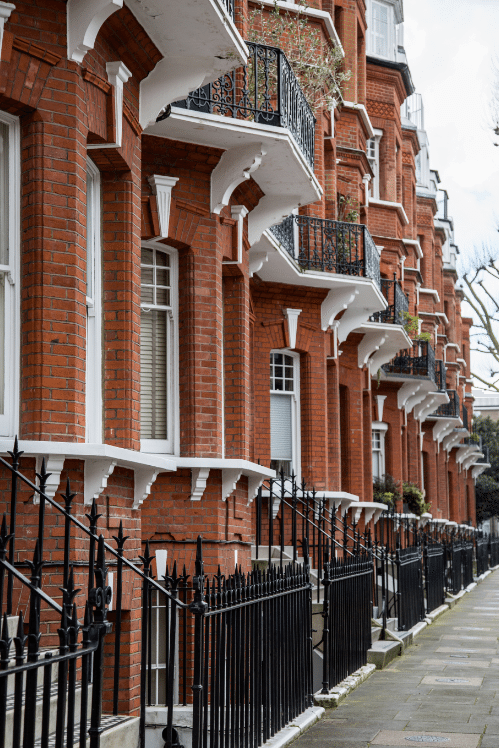
I also enjoy roaming through the quiet back streets, the residential areas with homes that have grand white columns and others with strong geometric lines and brightly painted doors. This time of year, the Magnolia blossoms pop open above the pavement; it’s almost warm enough to unbutton the coat and pop into Joe & the Juice for a freshly squeezed AMG (apple, mint & ginger) and the park is full of daffodils.

Because it’s an area I know so well, I challenge myself when I walk around to find a route I’ve never taken, to favour the smallest alleyways and see everything with fresh eyes. I wandered around recently with my camera, capturing the colour of the area. It’s often overshadowed by Notting Hill’s famous rainbow homes, but Chelsea is like a giant painter’s palette in its own right.

It’s also bursting with history and blue plaques galore. Did you know King’s Road is named so because it was once a private road for King Charles II? I stumbled upon the site of Henry the VIII’s old manor house and a sign for riders to dismount their horses. Oakley Street was home to Antarctic explorer Robert Falcon Scott.
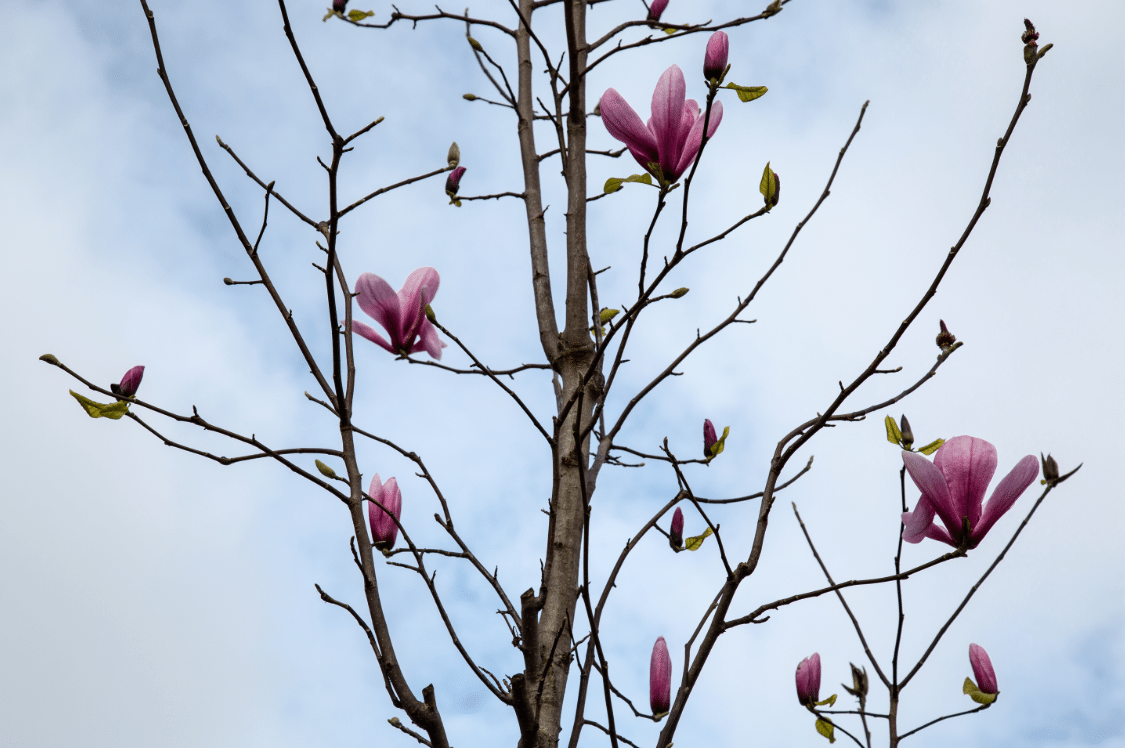
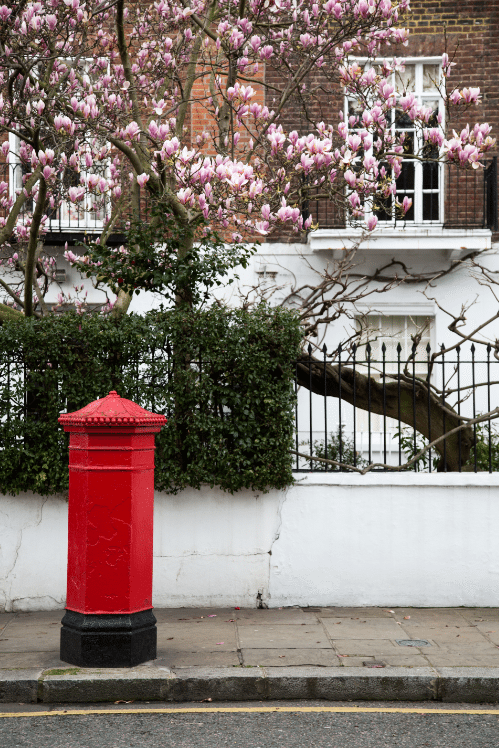
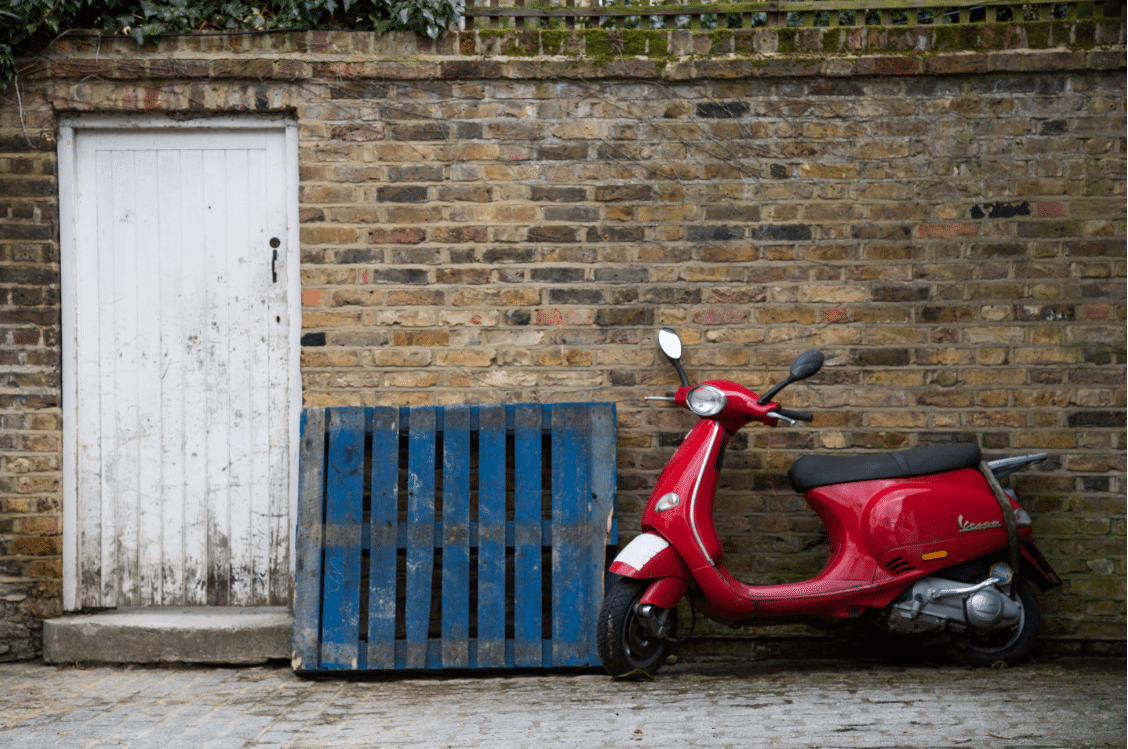
Lots of famous writers have called Chelsea home over the years too: Jonathan Swift. Leigh Hunt, Thomas Carlyle, Elizabeth Gaskell, Oscar Wilde, George Eliot, Mark Twain, Mary Shelley, J. R. R. Tolkien, Henry James and many others, I’m sure. Virginia Woolf’s Night and Day character Mrs. Hilbery had a house on Cheyne Walk. Chelsea is also home to the lovely independent bookshop, John Sandoe.
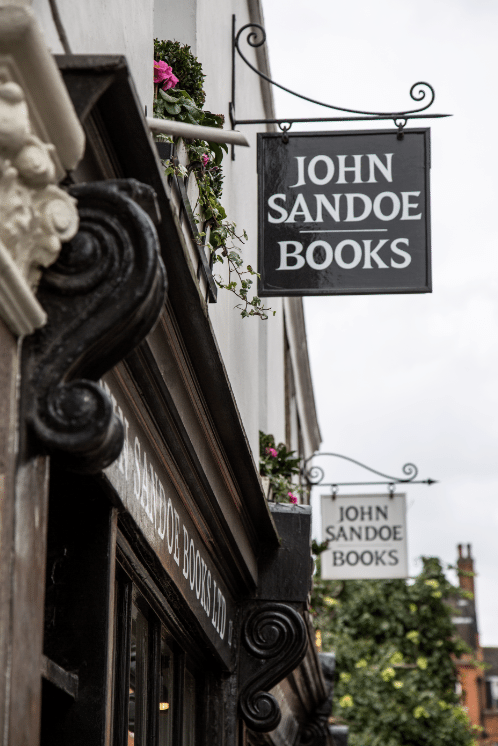
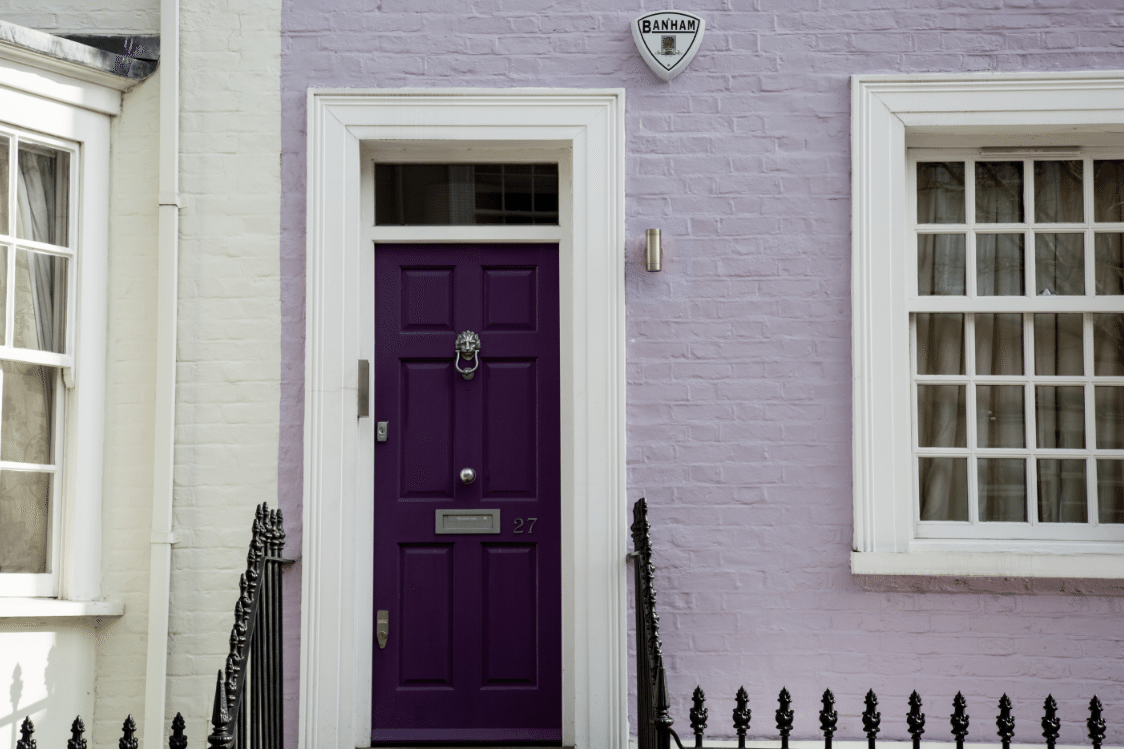
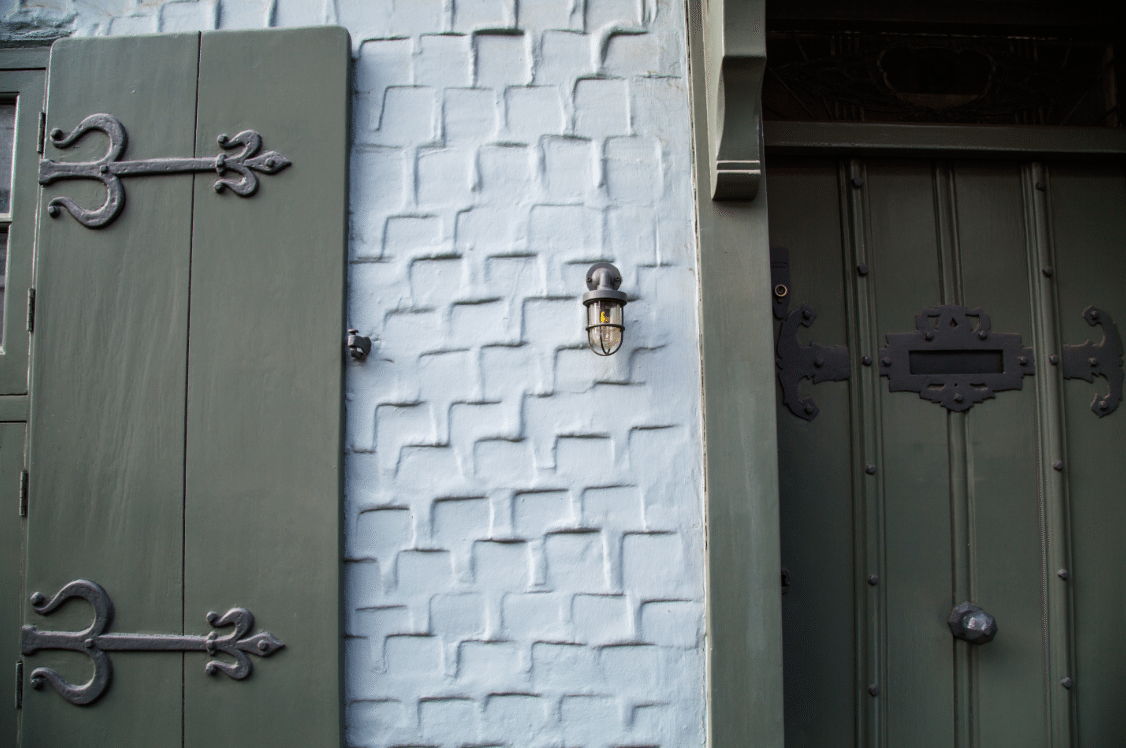
And let’s not forget the artists. It was once known as a “Victorian artists colony” and “bohemian quarter”. There was Dante Gabriel Rossetti, J. M. W. Turner, William Holman Hunt, and John Singer Sargent. James McNeill Whistler established the Chelsea Arts Club in 1851 on Old Church Street. The building itself is a constantly changing canvas and the member’s club is notorious for its raucous parties. I was lucky enough to hang out there once upon a time and can tell you it also has a beautiful garden.
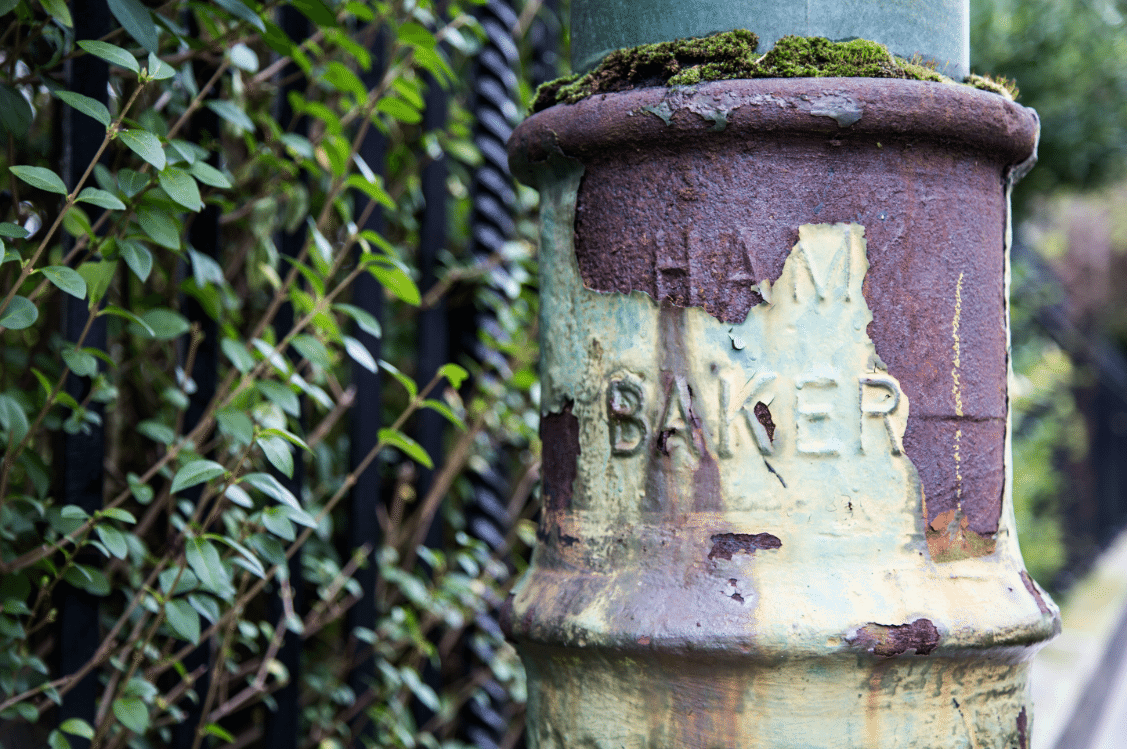
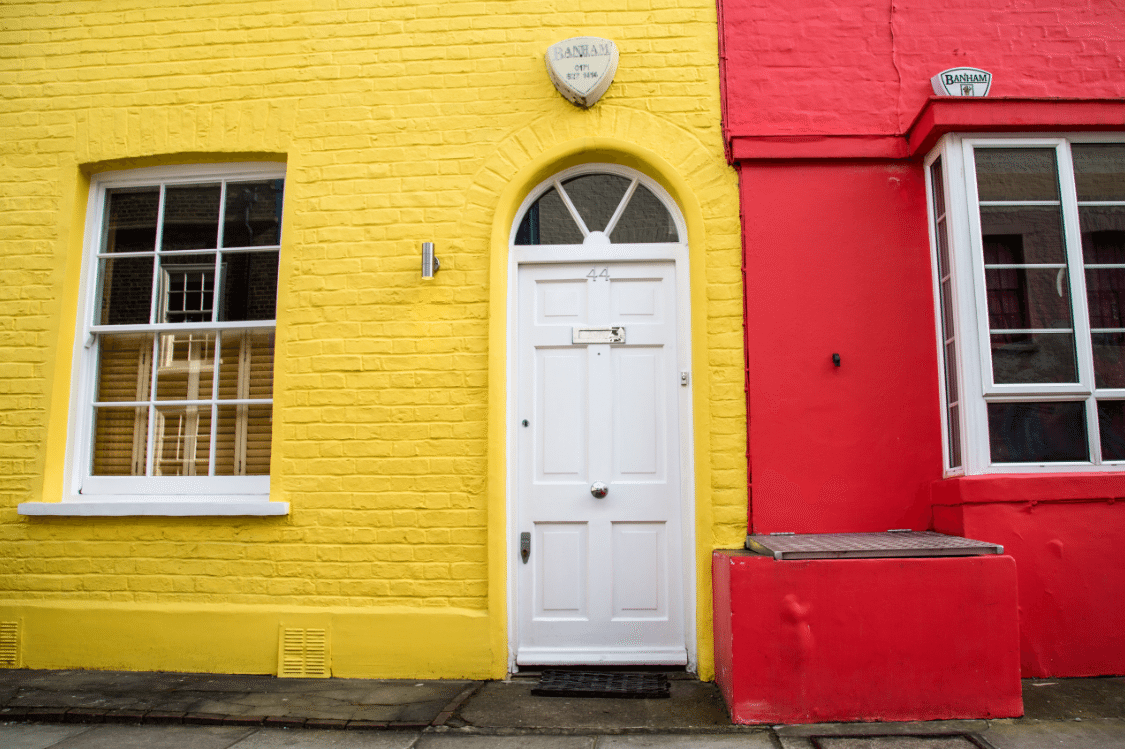
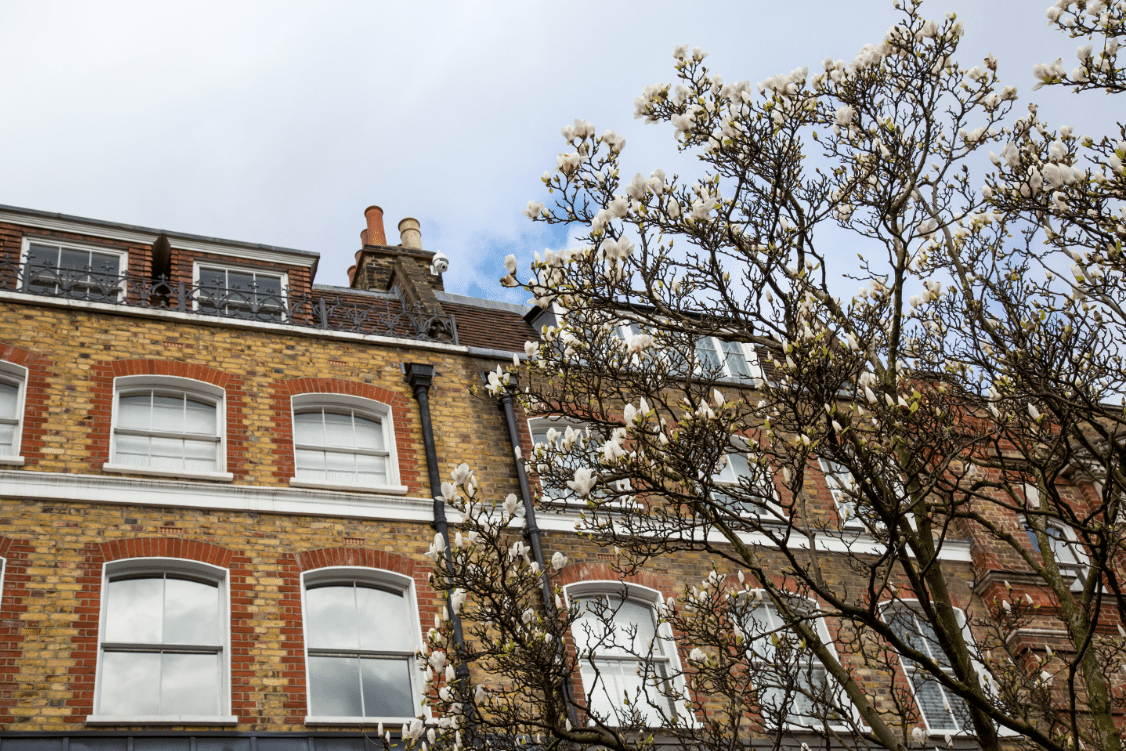
And of course, there is also a rich musical history. Bob Marley composed “I Shot the Sheriff” in a one-bedroom flat at 42 Oakley Street. Eric Clapton lived on King’s Road. Of course the Rolling Stones lived in Chelsea as well.
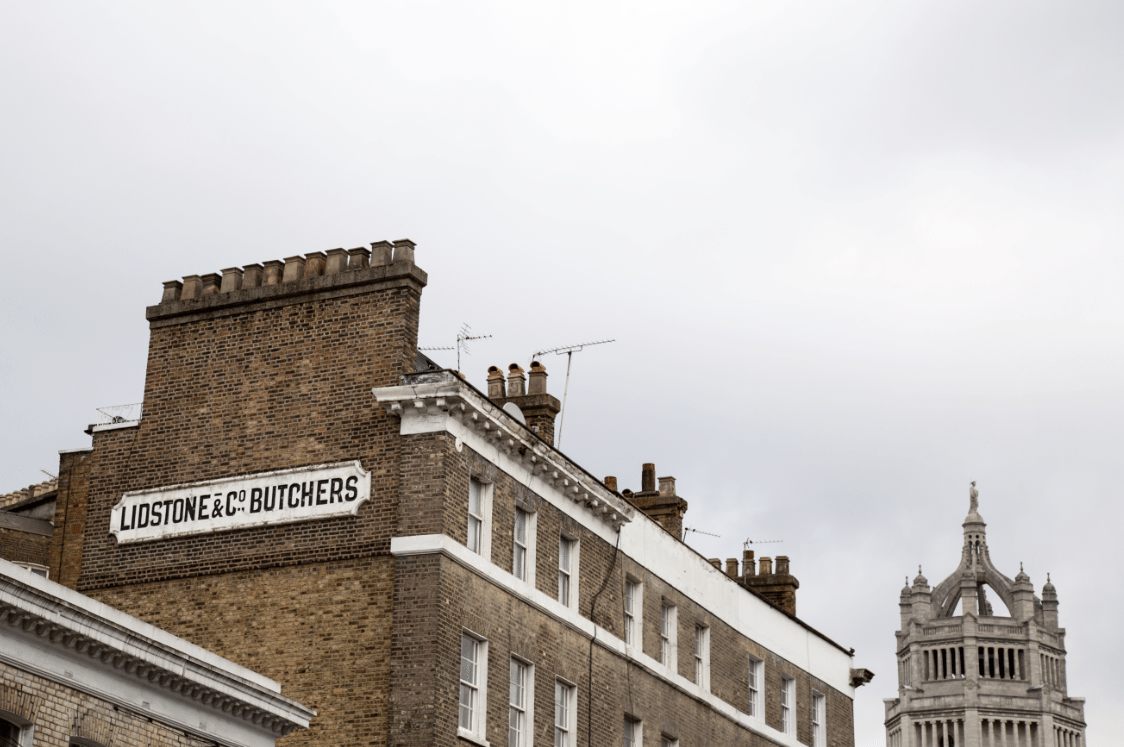
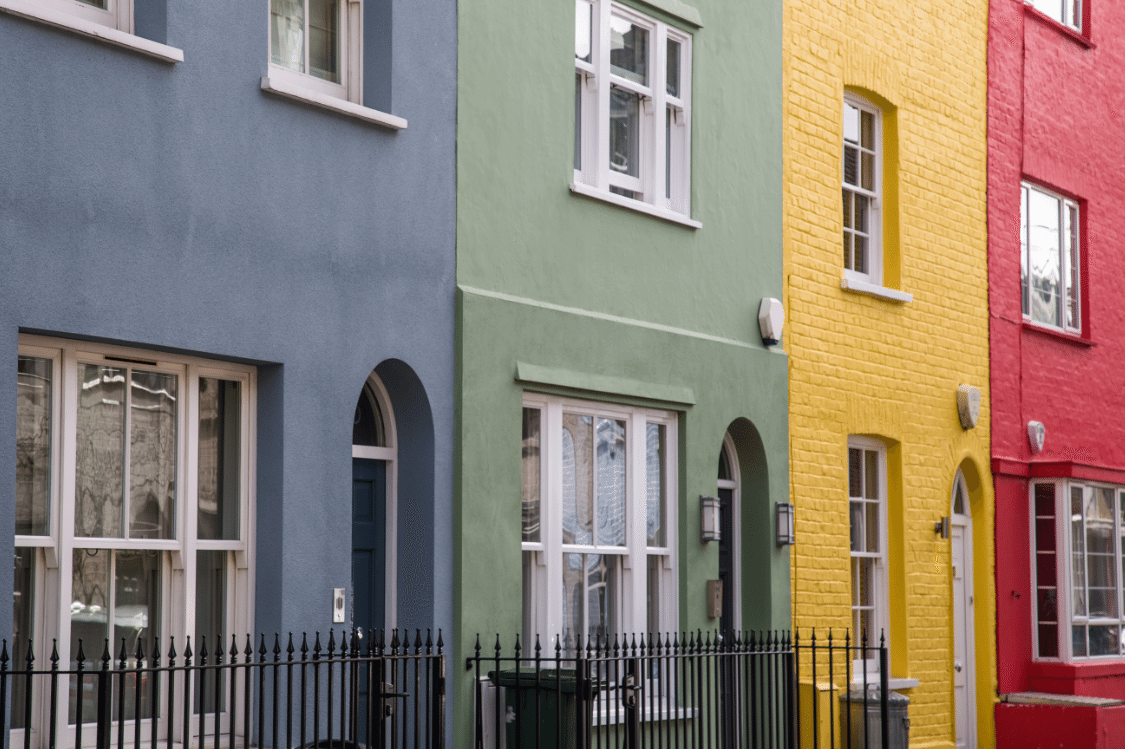
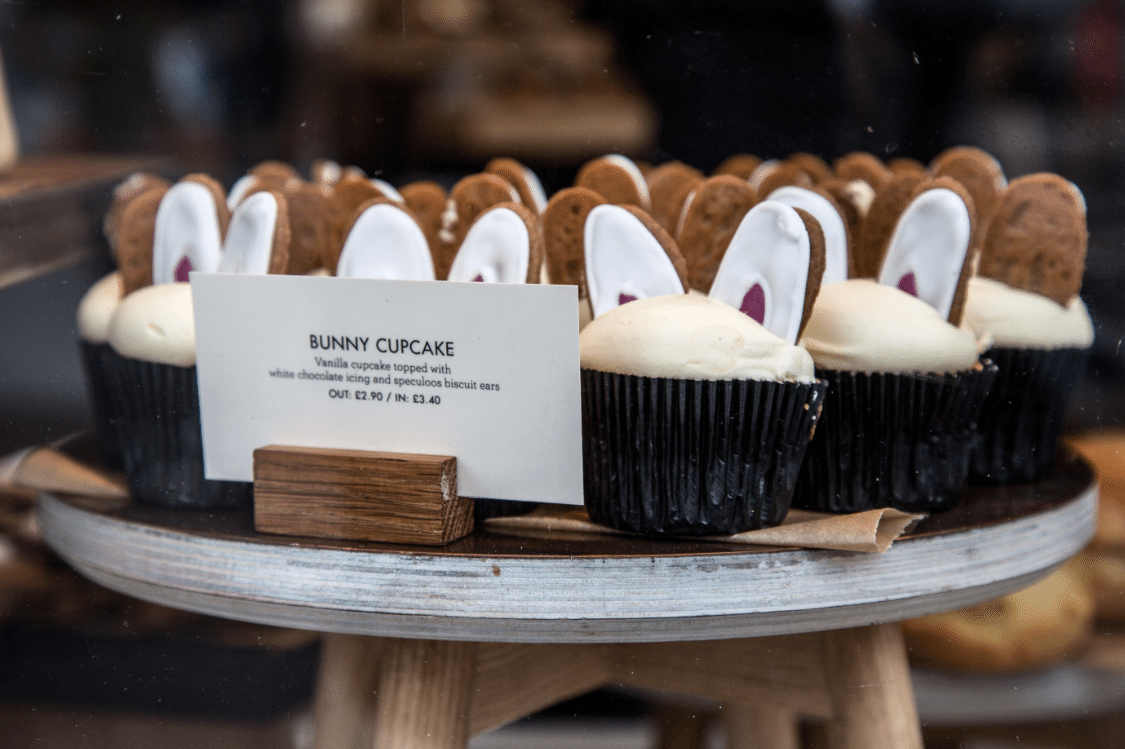
What would talk of Chelsea’s history be if not for a mention of its importance during the swinging 60s or the 70’s punk era? Antique dealer Christopher Gibbs had said, “The King’s Road is a wilderness of stoned harlequins.” Not anymore, I’m afraid, as it’s very much gentrified now and has lost pretty much all of the edge it once had, but it’s fun to look back on.
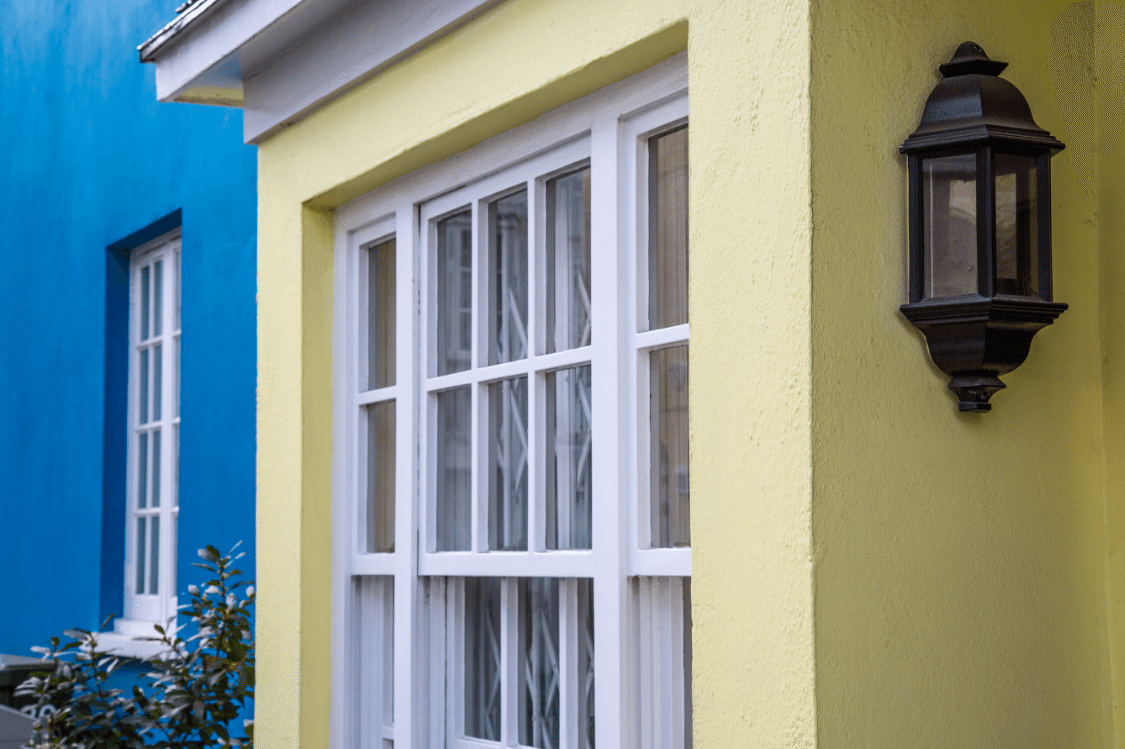
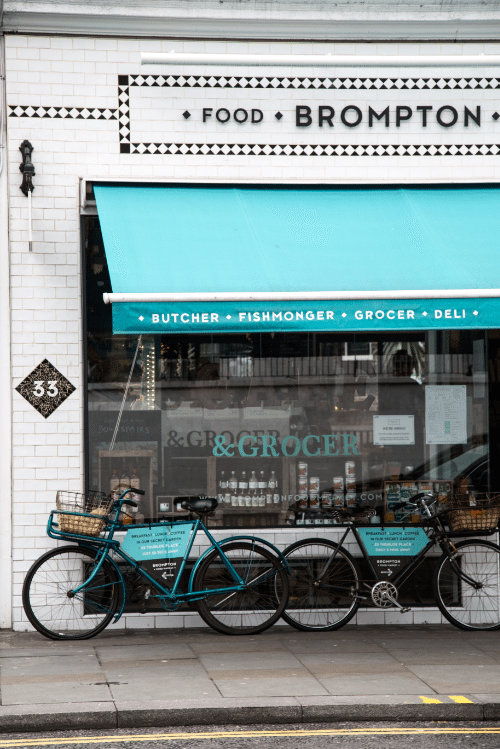
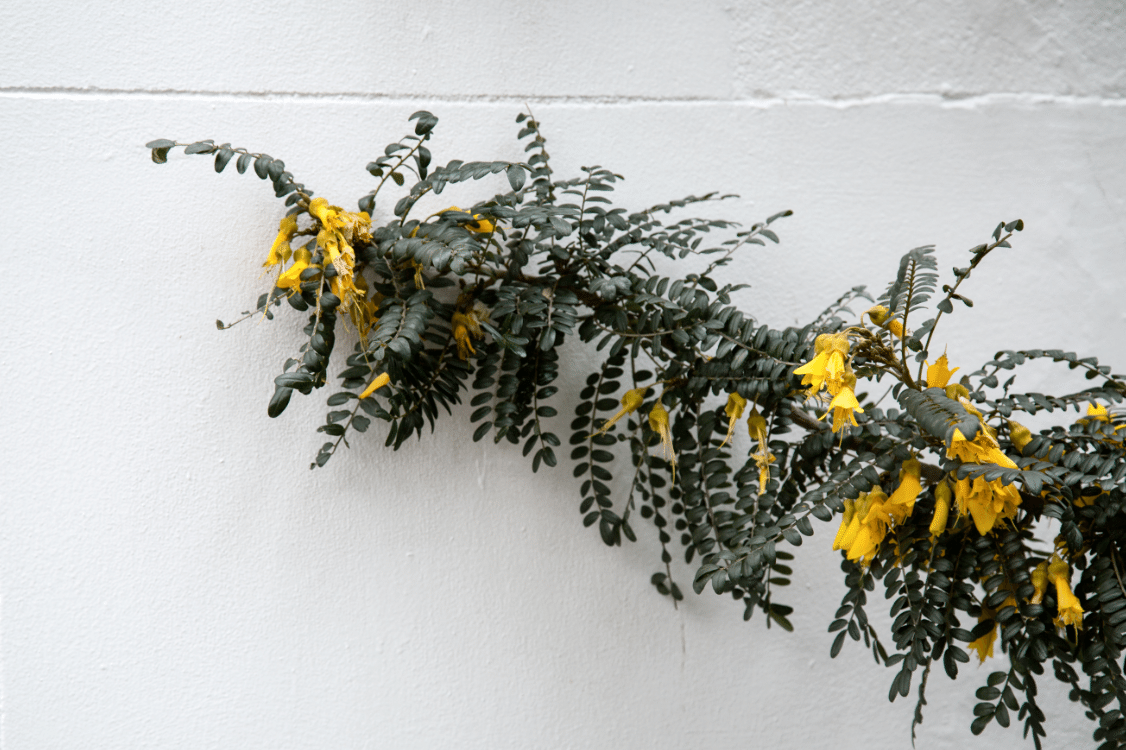
Keith Richards and Twiggy shopped at some of the cool boutiques of this era like Granny Takes a Trip and The Sweet Shop. Creator of the mini skirt – an iconic piece of clothing in the 60s – Mary Quant her own boutique on the King’s Road called Bazaar (and bizarre it was – surreal, slightly chaotic, wacky designs in the windows). Vivienne Westwood and Malcolm McLaren opened Sex to sell the safety-pin fashion that defined wardrobes during the Punk movement.
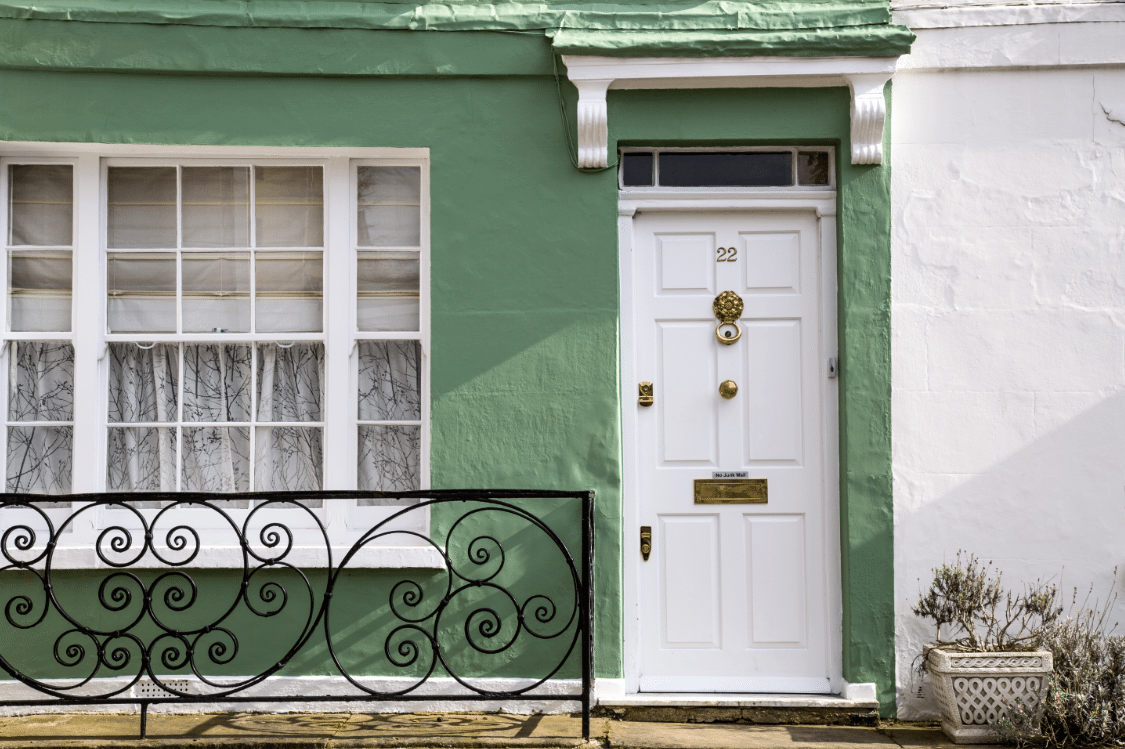
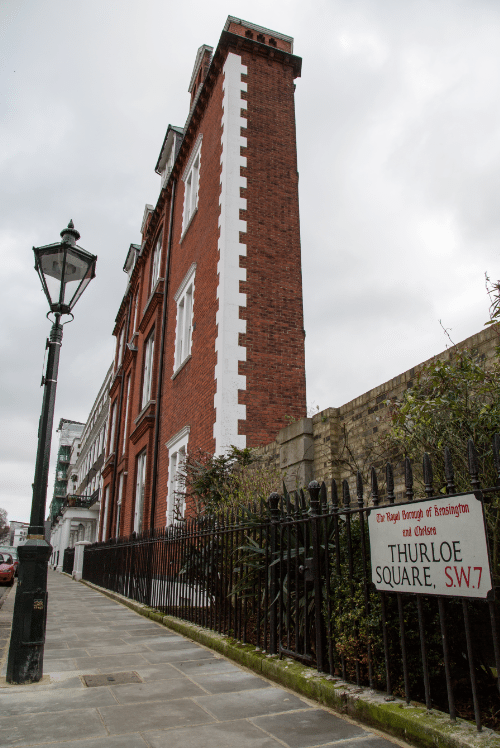
What is now a McDonald’s on King’s Road used to be The Chelsea Drugstore, a place that has no real comparison, even today. It was three floors of independent boutiques, bars, food stores and a record shop. It apparently even had a group of girls who would make home deliveries on motorcycles while wearing purple catsuits. They were called the “Flying Squad”.
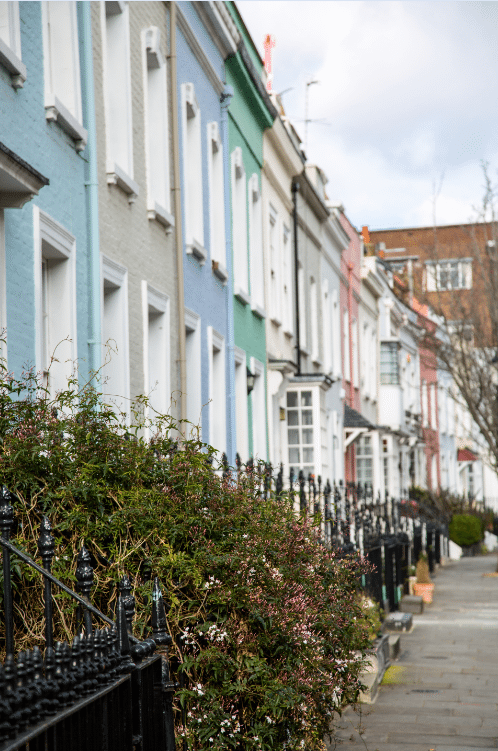
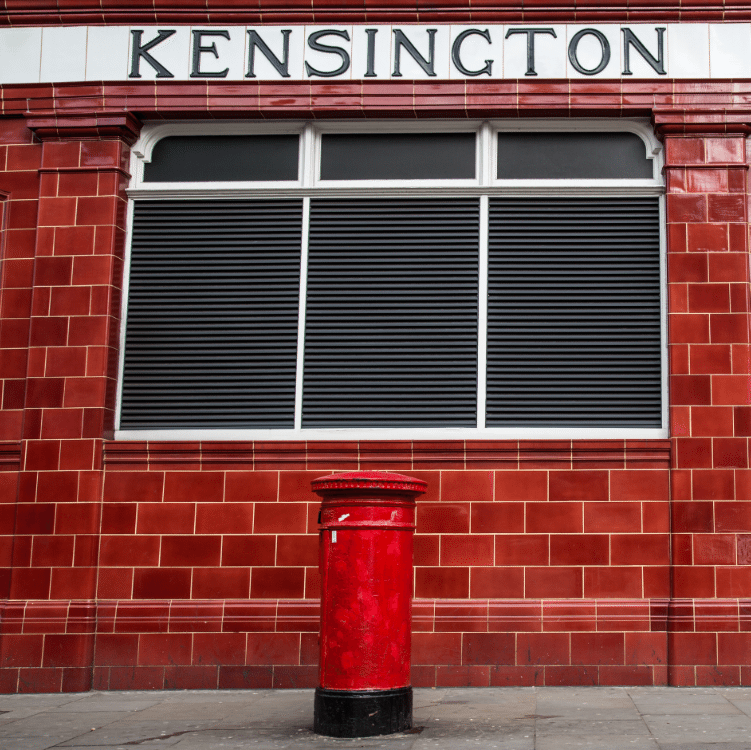
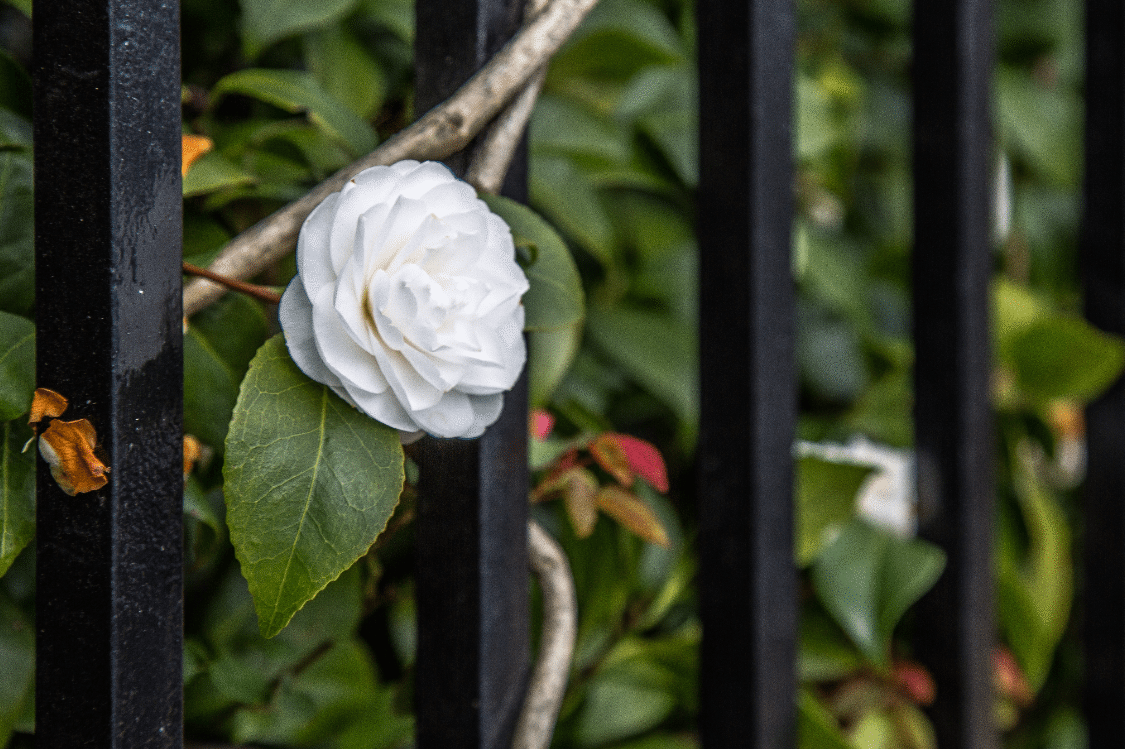
And there’s the other fun bits and pieces of the story: the curled, current-y “Chelsea buns” that satisfied the cravings of the sweet-toothed Georgian royalty, the Raw Silk Company in Chelsea Park that had a hothouse for raising silk worms, the fact that one of the city’s hidden rivers – the Westbourne – runs through a pipe along Sloane Square station and underground until it reaches the Thames and the long history of the football team. And that’s all the tip of the iceberg. I could write for hours.
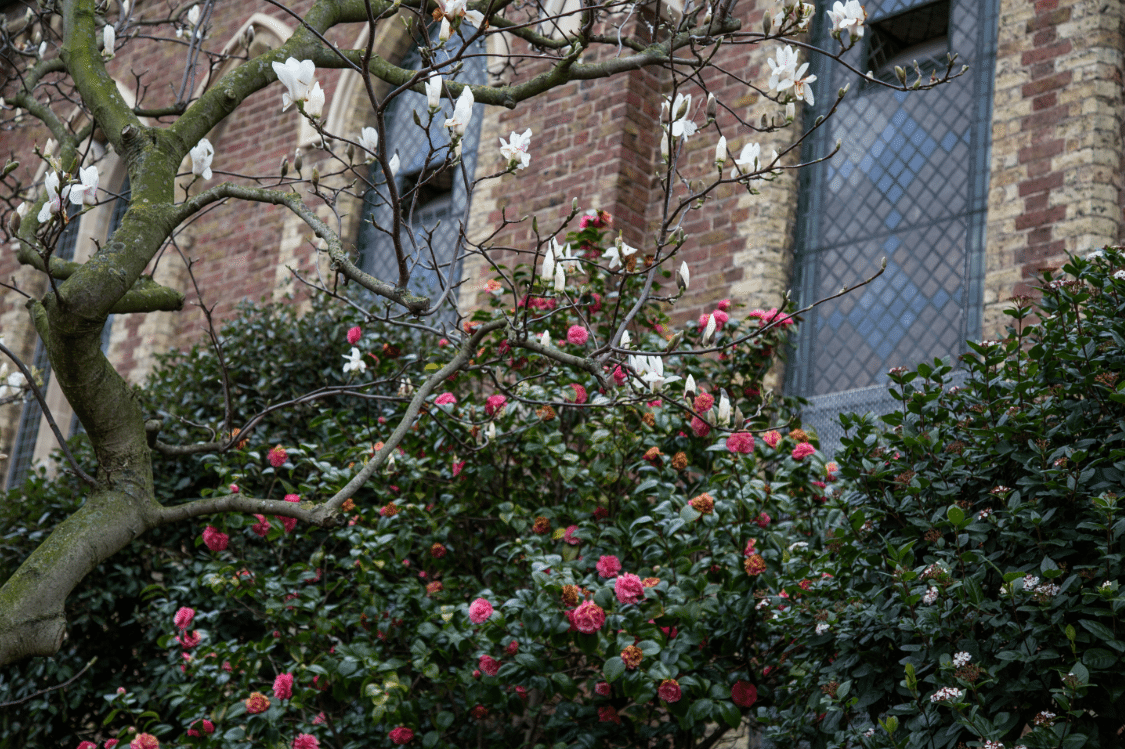
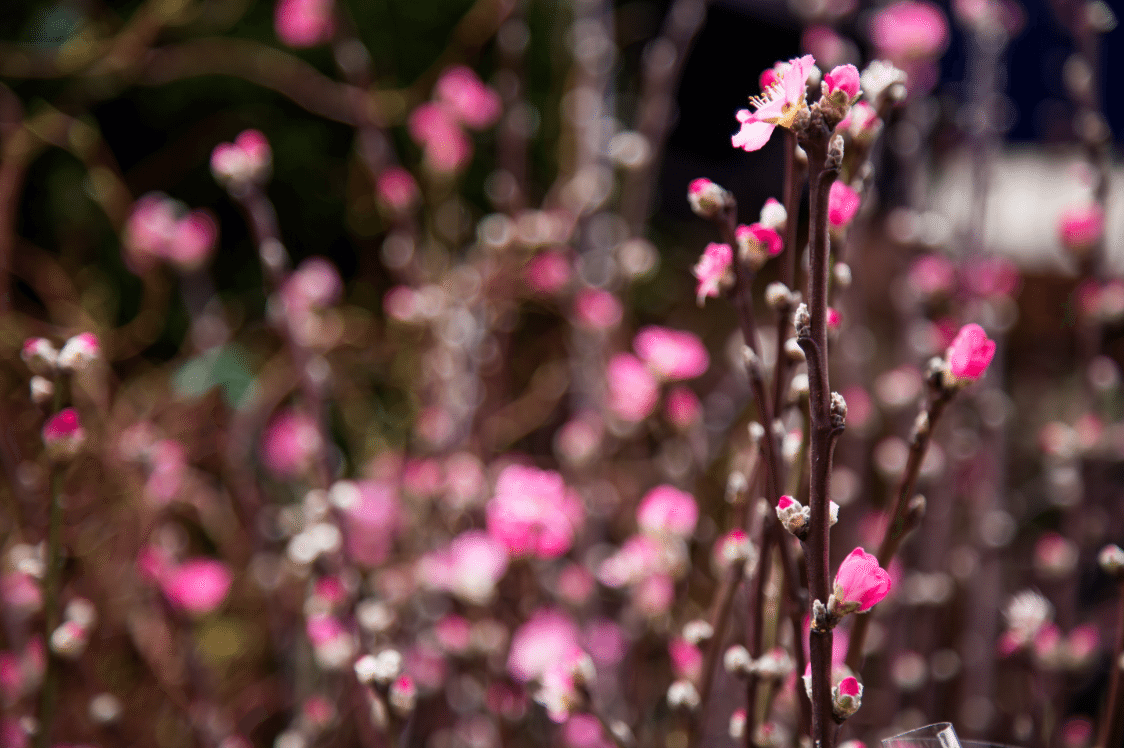
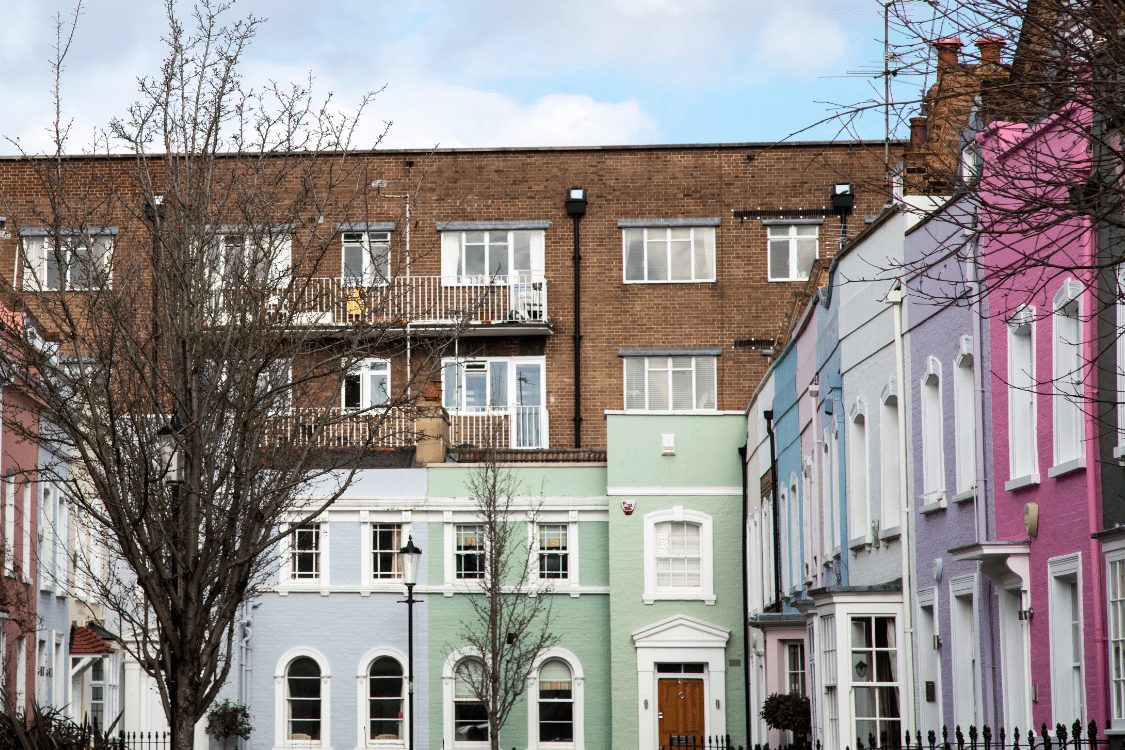
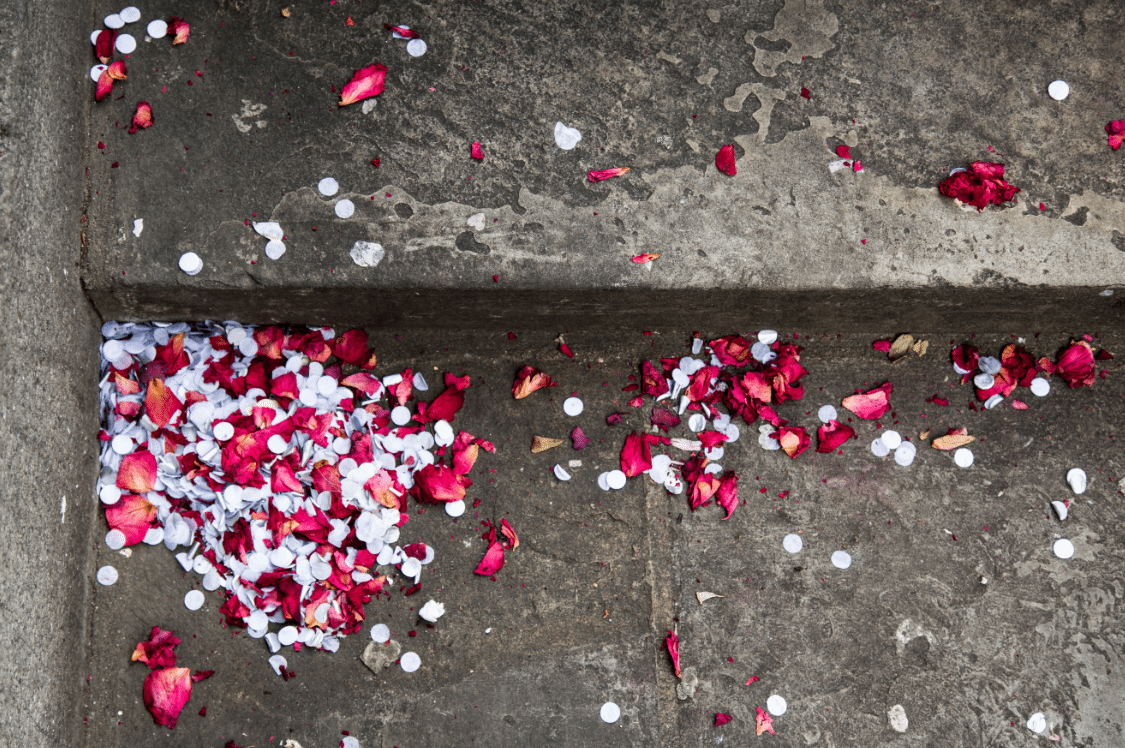
So while King’s Road may now look like any other generic high street with its Boots and its Zara and its Office shoe store, Chelsea has been steeped in creativity for centuries. I love to settle in there for an afternoon, just soaking in both the inspiring history and reminiscing about my own story that has many roots there too.

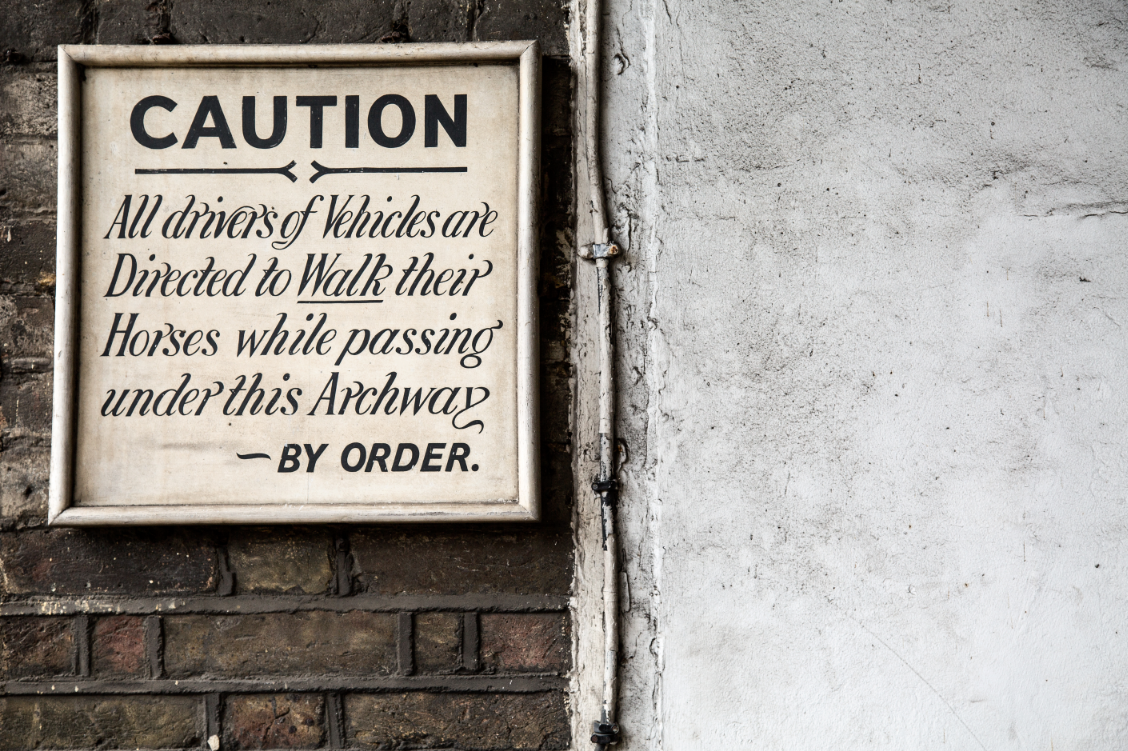
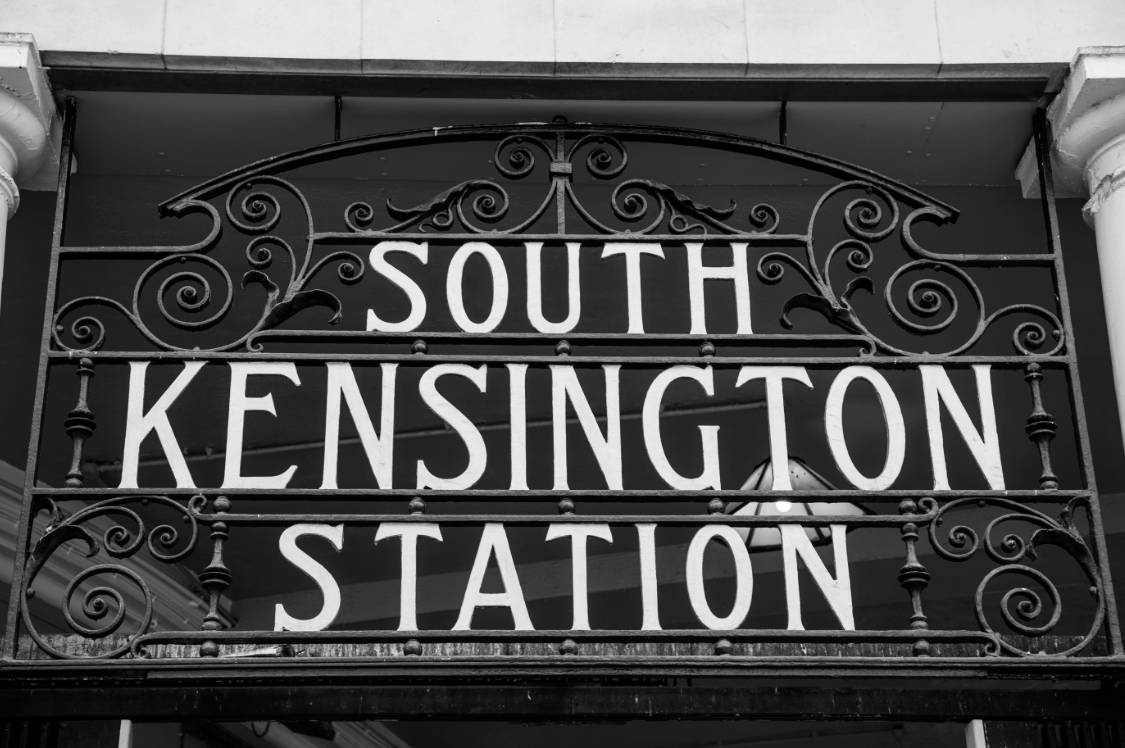
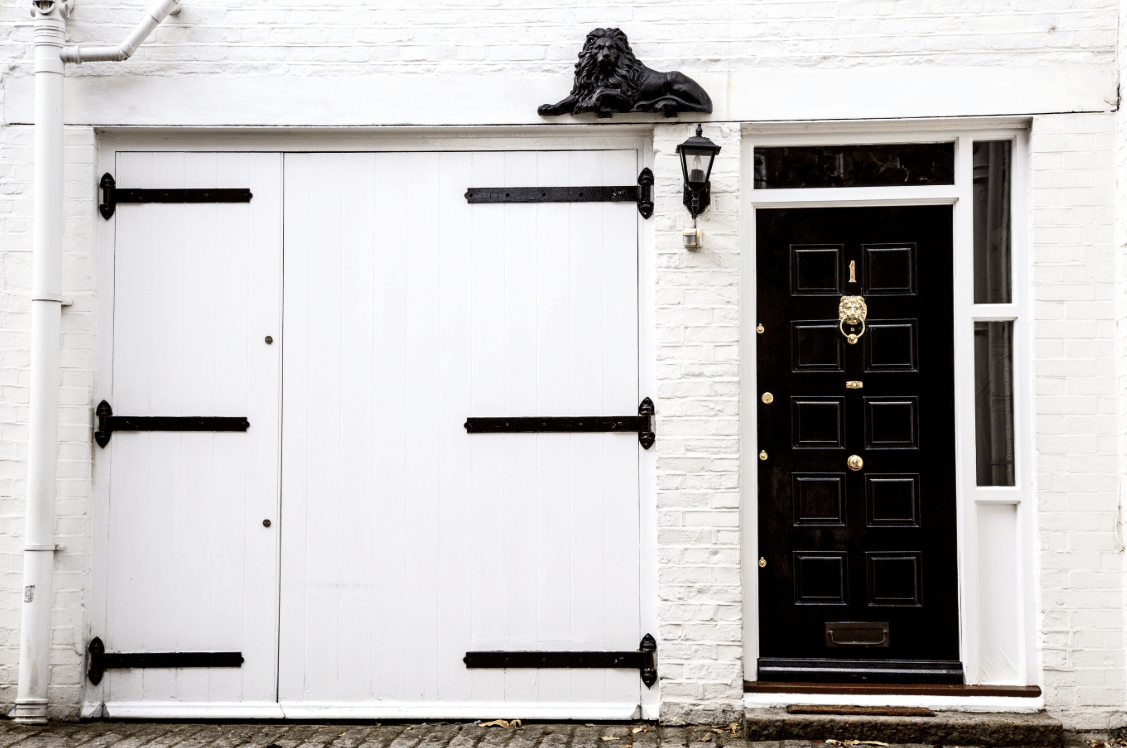
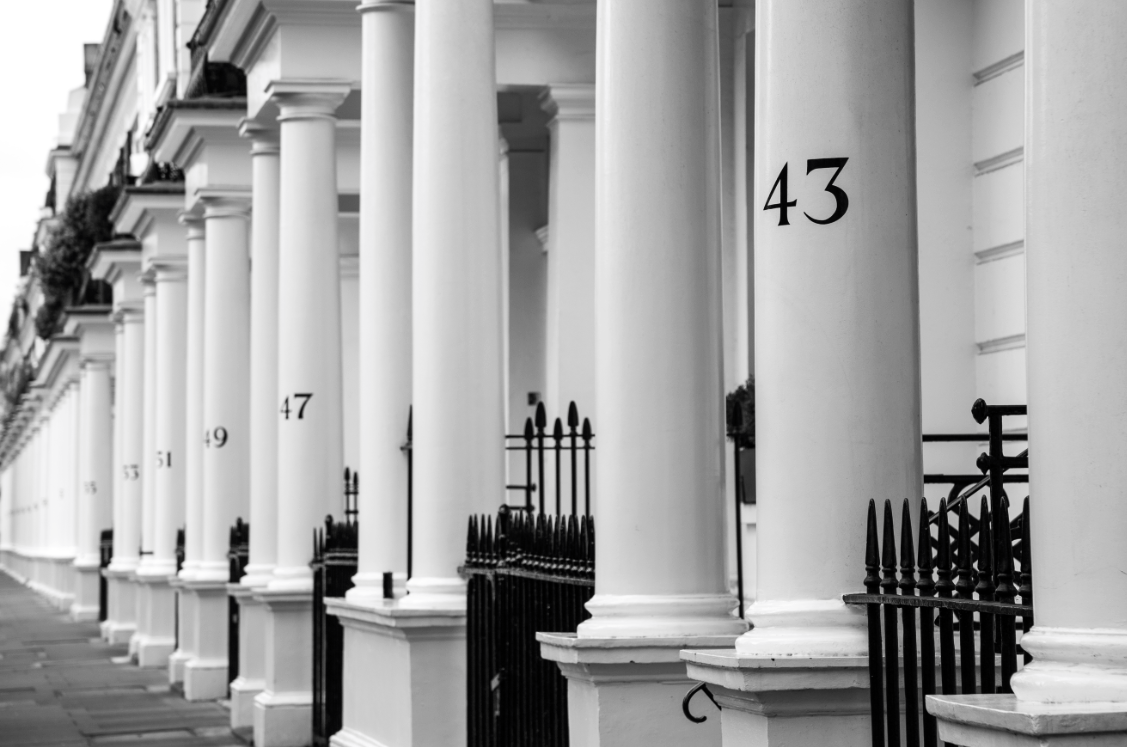
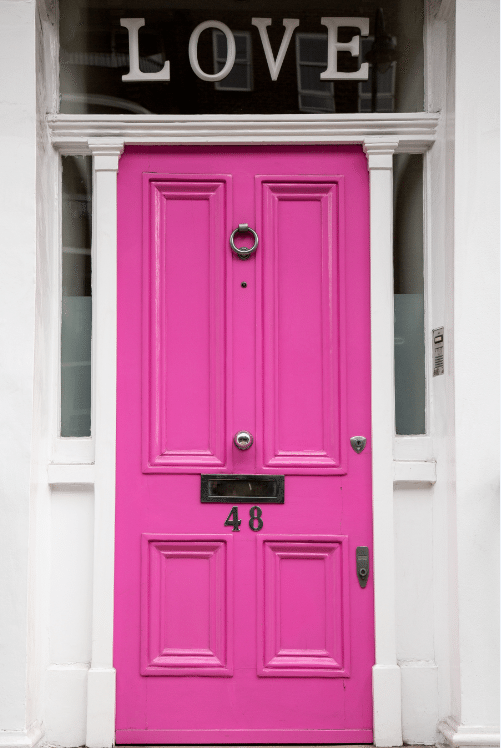
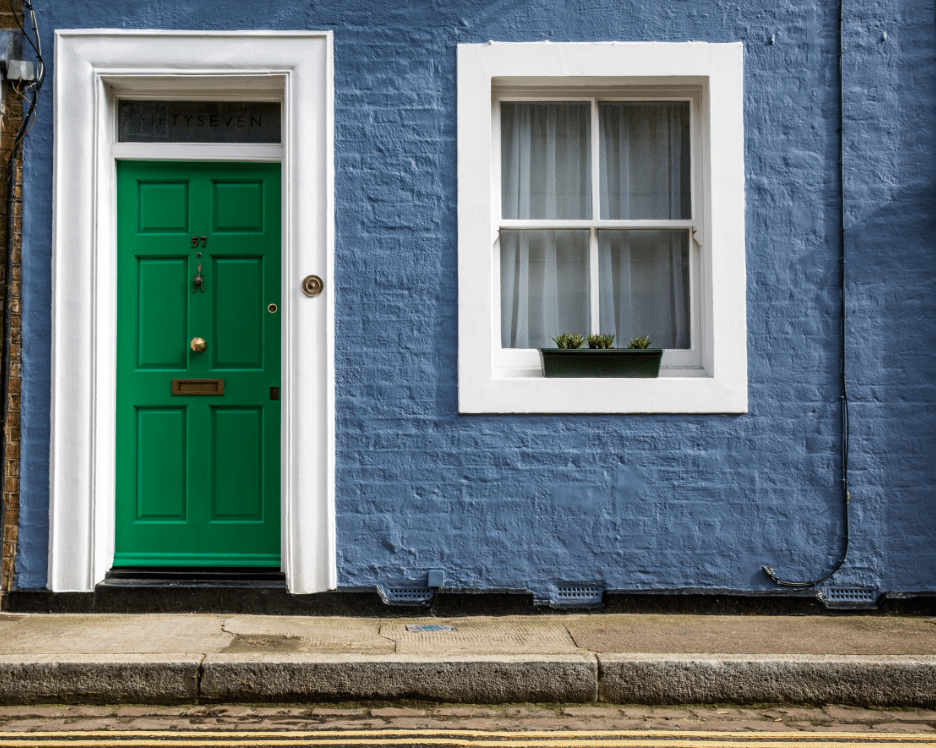
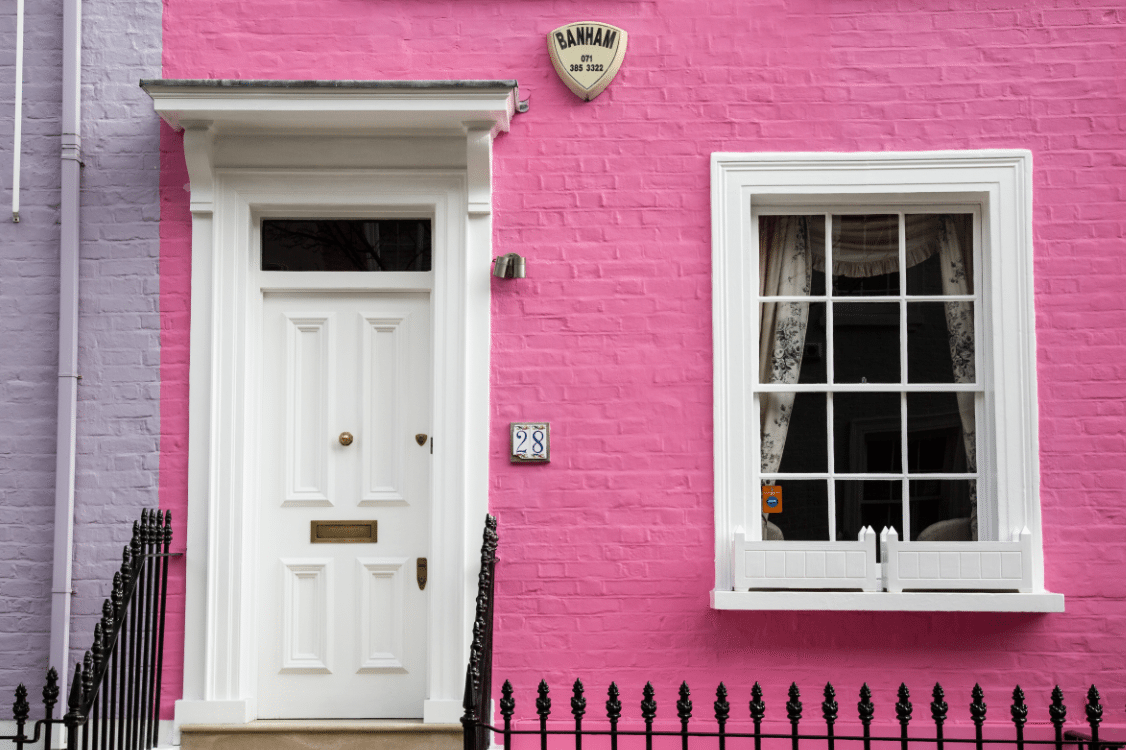
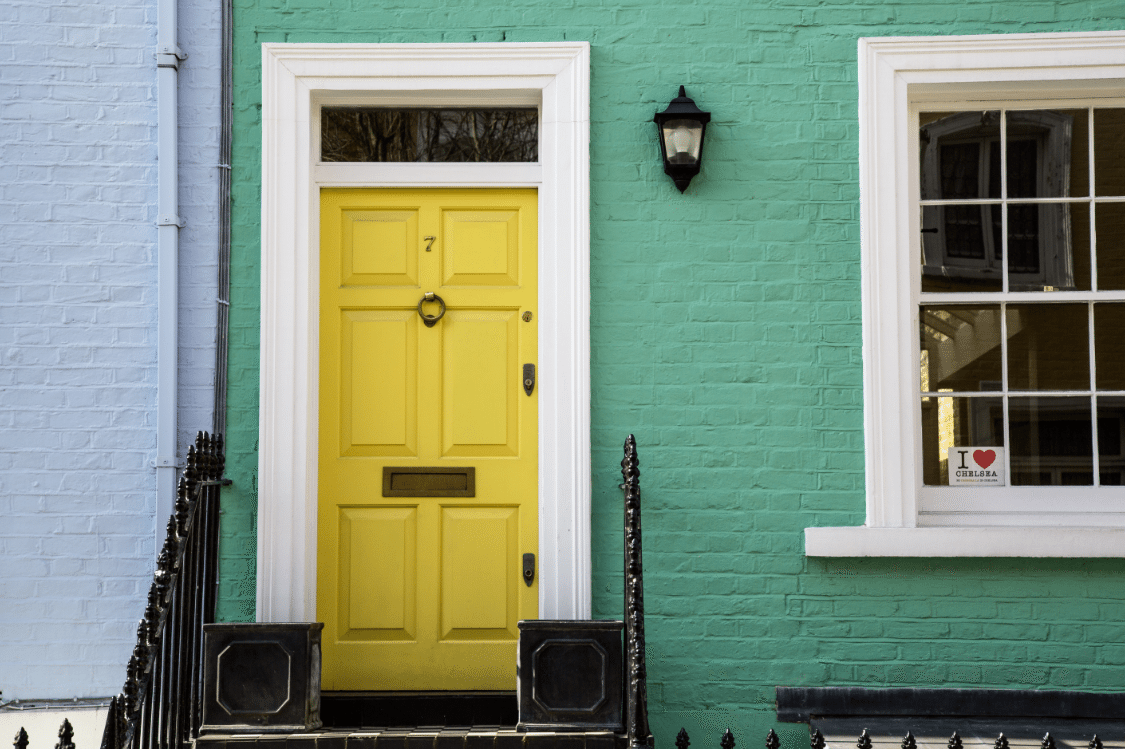
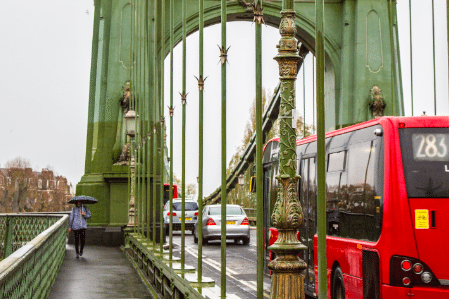
No Comments